# Processes
A process is a program being executed. Process - made out of threads Processes are managed by the operating system.
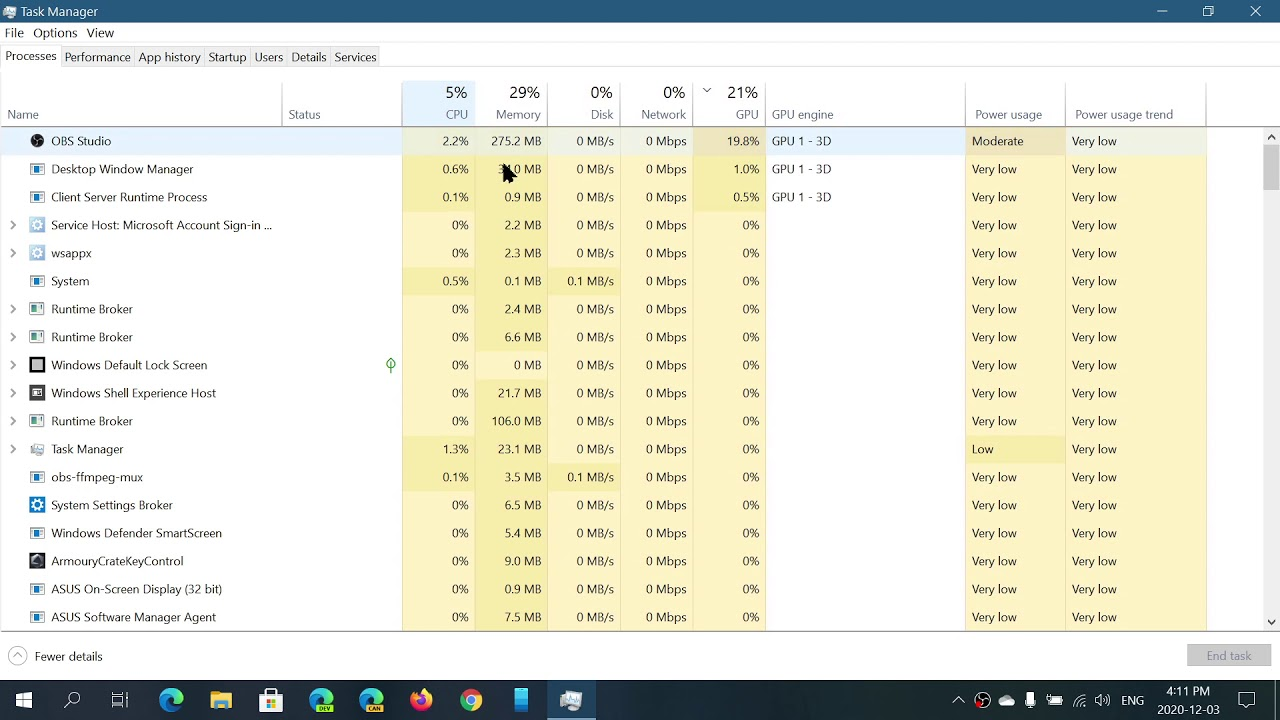
# Consumption
- A process can take up several resources, mainly CPU and Memory (RAM)
- A process can be executed on one ore more CPU cores and thus takes up a percentage of it’s computing power Console-Application - takes one core
- A process can allocate memory in RAM
# Process management
- The operating system can execute more processes than the number of available cores.
- This happens by scheduling the CPU computing time and deviding/sharing it between the processes.
# Process management (2)
- The OS manages processes using process tables.
- They contain the necessary information to control their execution.
- Entries in a process table are called process control block (PCB).
# Process Control Block (PCB)
- Contains:
- Process Identification (PID)
- Resources requested by the process (e.g. files)
- Area of the memory allocated by the process.
- Process State
- Contents of the process register
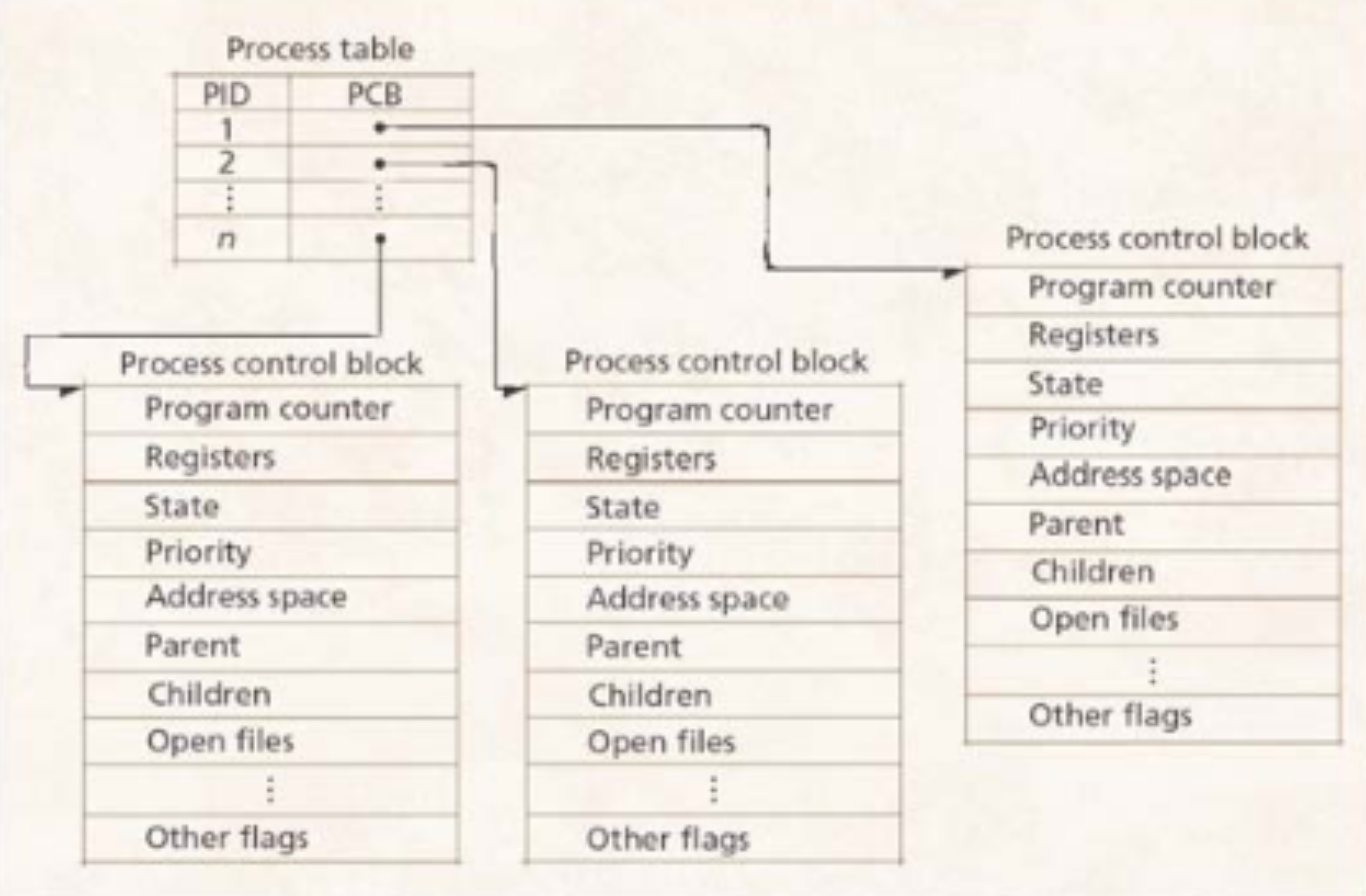
# Process execution
A process is executed by the operating system by loading it’s registers from the PCB into the CPU
# Process execution (2)
- A process is being executed if it is assigned to a CPU (and a CPU-Core).
- It’s state will then change to Running.
# Process execution (3)
- Processes are being controlled by changing their states
- We can abstract 3 states:
- Running
- Ready
- Blocked
# Process states
- Running
- The process is being executed - active on CPU
- Ready
- The process waits until the OS assigns a CPU to it
- Blocked
- The process needs an external resource
- Until the resource can be loaded by the OS, the process will remain in the state Blocked.
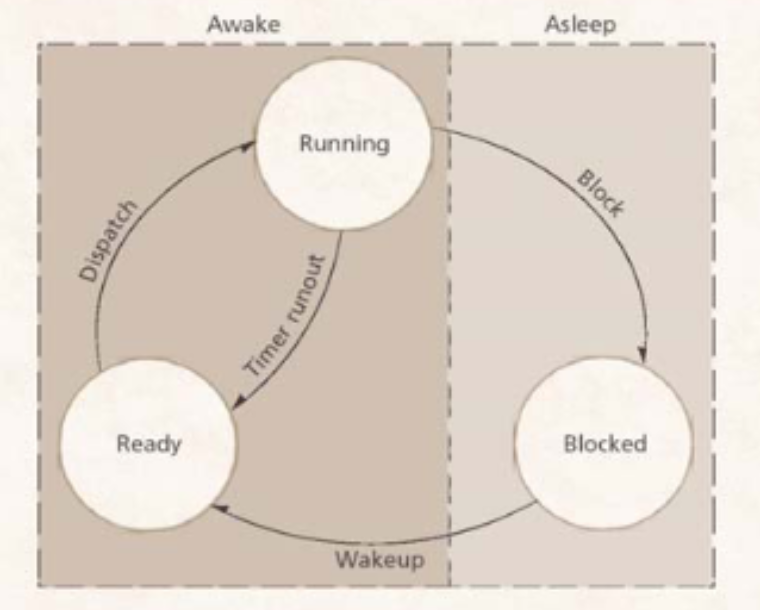
# Parallel vs. Concurrent
- A system is said to be CONCURRENT if it can support two or more action in progress at the same time. scheduling - at first: Task1 - then: Task2
- A system is said to be PARALLEL if it can support two or more actions executing simultaneously. 2 processes on 2 cores at the same time
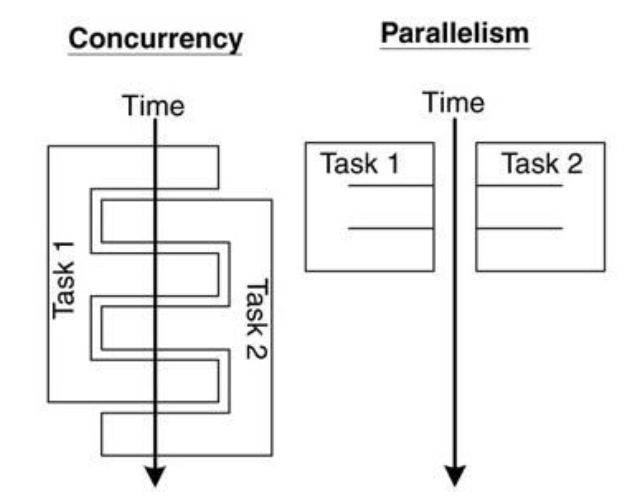
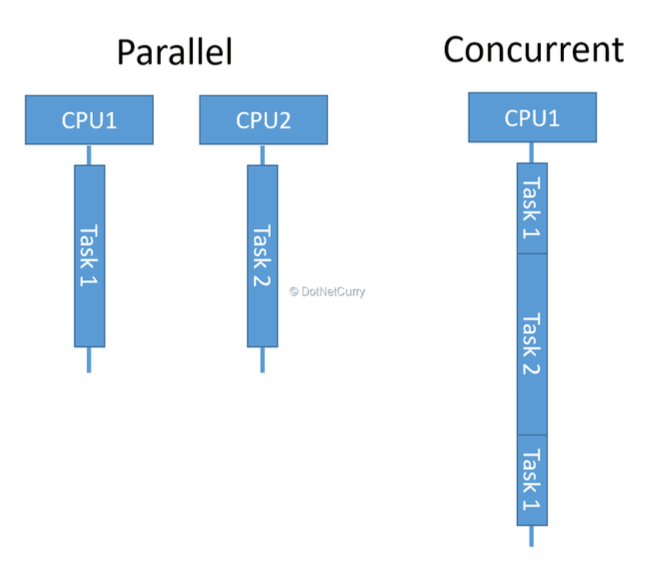
# Concurrent
-
Concurrent execution means two or more processes share the same CPU core.
-
The CPU will rotate through the processes giving each processes a certain amount of execution time, before switching to the next process.
-
When switching a process, the data of the process will be written into memory and the content of the next process will be loaded into the register of the CPU.
-
Loading a new process into the CPU is called context switch. one CPU switches from one process to another
-
A context switch is a time consuming operations. Many context switches will slow down the system.
# Context Switch
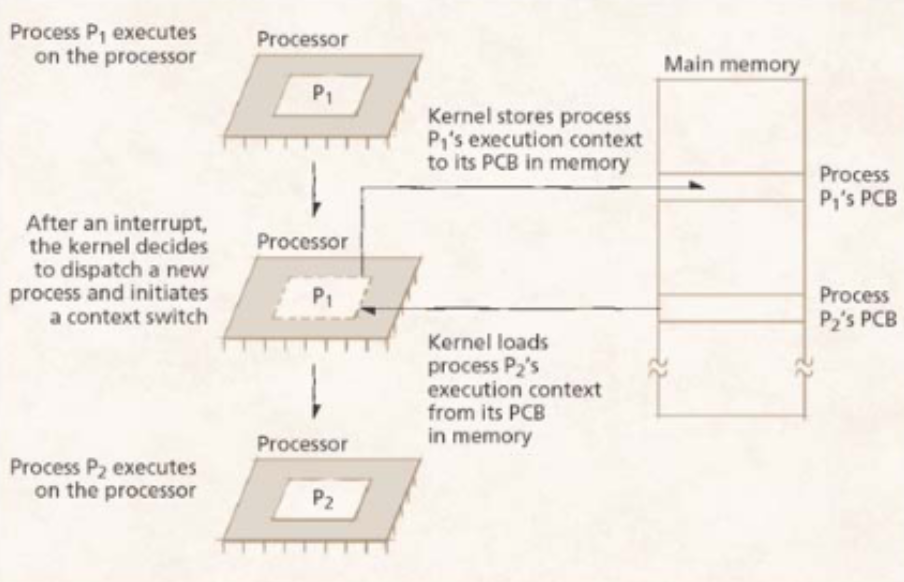
# Context Switch (2)
- A context switch consists of these steps:
- Updating and saving the current PCB
- Selecting the next process for execution
- Restoring and updating the PCB of the new process.